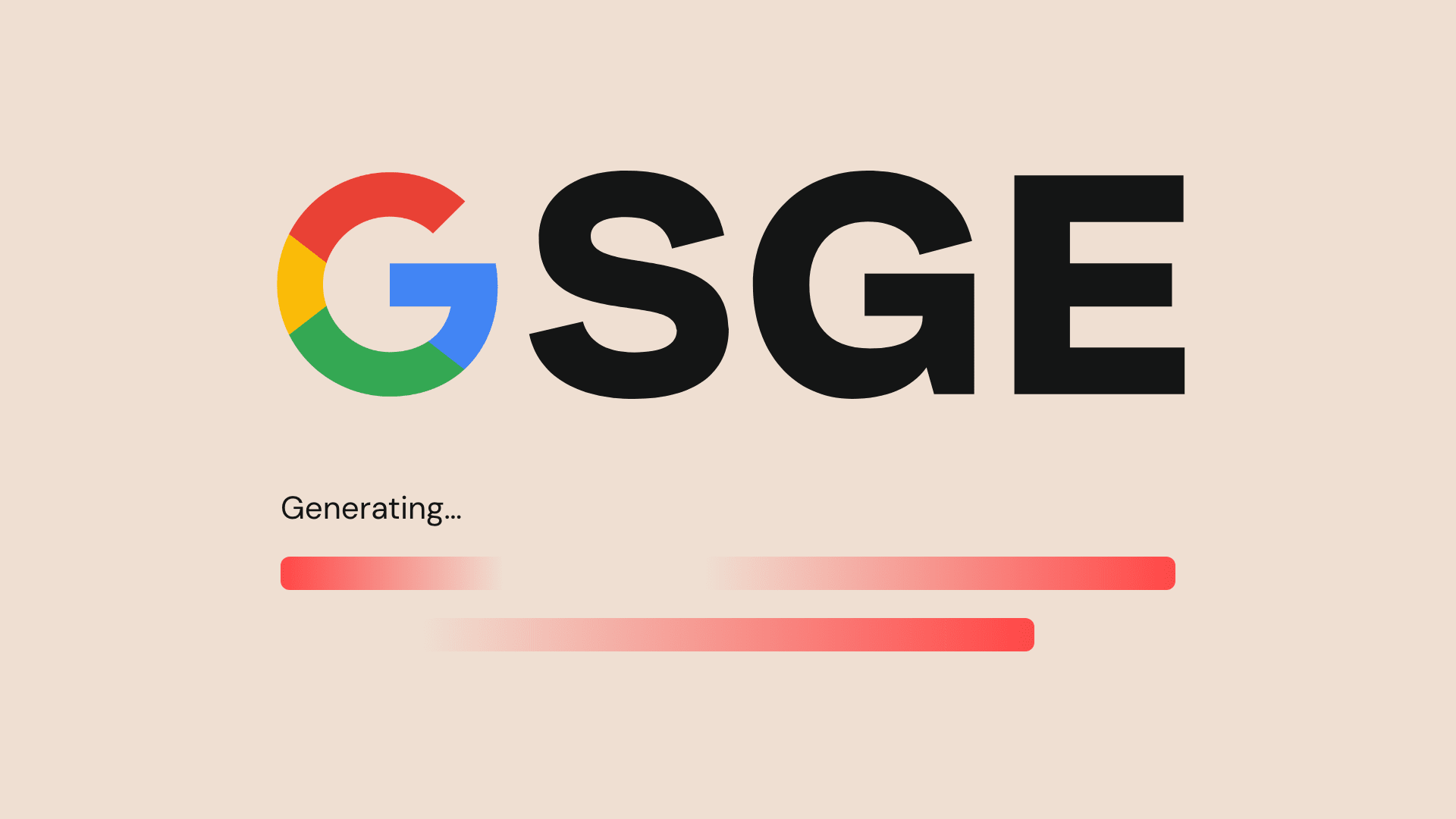Google SGE Update: What It Means for Answer Engine Optimization

Google’s Search Generative Experience (SGE) is reshaping how people find information online. The September update pushed AI-generated answers even further to the top of search results, often accompanied by direct references to authoritative sources. For businesses, this shift signals a critical need to adapt strategies around Answer Engine Optimization (AEO) rather than relying solely on traditional SEO.
What is Google’s Search Generative Experience?
SGE is Google’s AI-driven layer that surfaces synthesized answers to user queries. Instead of only presenting ten blue links, Google now delivers direct responses, pulling from what it deems the most trustworthy and relevant content. These AI snapshots are powered by large language models and supported by verifiable sources.
For users, this creates a faster and more context-rich search experience. For businesses, it introduces new rules of visibility. Your content must not only rank but also be structured and credible enough for Google’s AI to reference it.
Why AEO Matters More Than Ever
AEO, or Answer Engine Optimization, is the process of structuring and presenting content so that it is easily picked up by AI search engines like SGE. This goes beyond keywords. It requires a focus on clarity, authority, and semantic relevance.
Where SEO was about matching user queries, AEO is about being the answer. Companies that adapt to this approach gain visibility inside AI-generated responses, which are now positioned above organic listings.
At Scalevise, we have seen how this transition directly affects client projects. Content strategies that include structured data, concise summaries, and authoritative positioning are already being prioritized by Google’s AI layer.
Key Changes in the September Update
- More AI-generated answers at the top
AI snapshots now appear on a wider range of queries, including transactional and commercial searches. - Direct attribution of sources
Websites cited in AI results gain credibility and traffic, but only if they are recognized as authoritative. - Deeper integration of context
Google no longer surfaces fragmented answers. It contextualizes information across multiple sources, rewarding depth and clarity. - Shift in user behavior
Early studies show users click less on traditional results when AI answers provide sufficient detail. This raises the stakes for AEO.
How to Optimize for AEO
1. Structure Your Content
Use clear headings, FAQs, and schema markup. Well-structured data helps search engines understand and surface your content in AI snapshots.
2. Focus on Authoritativeness
Demonstrate expertise through case studies, guides, and in-depth resources. Google’s AI highlights sources it trusts, not shallow content.
3. Optimize for Conversational Queries
AI search is driven by natural language. Create content that answers questions directly and conversationally.
4. Update Your Content Regularly
AI models prioritize recent, accurate information. Outdated content risks being ignored.
5. Leverage Internal Linking
Internal links strengthen authority signals and guide both users and AI crawlers. For example, see our AI resources page and our guide on workflow automation.
Why This Matters for Businesses
The SGE update is more than an algorithm tweak. It represents a structural shift in how search visibility works. Companies that continue to rely solely on traditional keyword ranking will find themselves losing ground to those who adapt to AEO.
For scale-ups and enterprises, this is not optional. It directly impacts lead generation, content ROI, and long-term digital presence. By adjusting your strategy today, you ensure that your business remains discoverable tomorrow.
How Scalevise Helps
At Scalevise, we help organizations adapt to disruptive changes like Google’s SGE. Our approach combines automation, AI integration, and content strategy to ensure that your business is visible not only in search but also inside AI-generated answers. From structured data implementation to end-to-end workflow automation, we align technical execution with growth objectives.
Conclusion
Google’s SGE update proves that AI is no longer an add-on to search. It is the core of the experience. Answer Engine Optimization is now essential for every business that wants to stay competitive. The companies that adapt fastest will secure visibility, authority, and trust in this new era of search.
Ready to future-proof your strategy? Contact us to discuss how we can make your business discoverable in the age of AI search.
